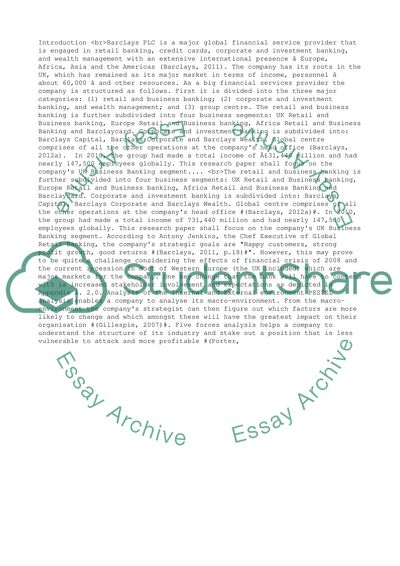Cite this document
(“Strategic Management, Organisational Strategic Analysis on Barclays Essay”, n.d.)
Retrieved from https://studentshare.org/management/1394724-strategic-management-organisational-strategic-analysis-on-barclays-plc
Retrieved from https://studentshare.org/management/1394724-strategic-management-organisational-strategic-analysis-on-barclays-plc
(Strategic Management, Organisational Strategic Analysis on Barclays Essay)
https://studentshare.org/management/1394724-strategic-management-organisational-strategic-analysis-on-barclays-plc.
https://studentshare.org/management/1394724-strategic-management-organisational-strategic-analysis-on-barclays-plc.
“Strategic Management, Organisational Strategic Analysis on Barclays Essay”, n.d. https://studentshare.org/management/1394724-strategic-management-organisational-strategic-analysis-on-barclays-plc.


